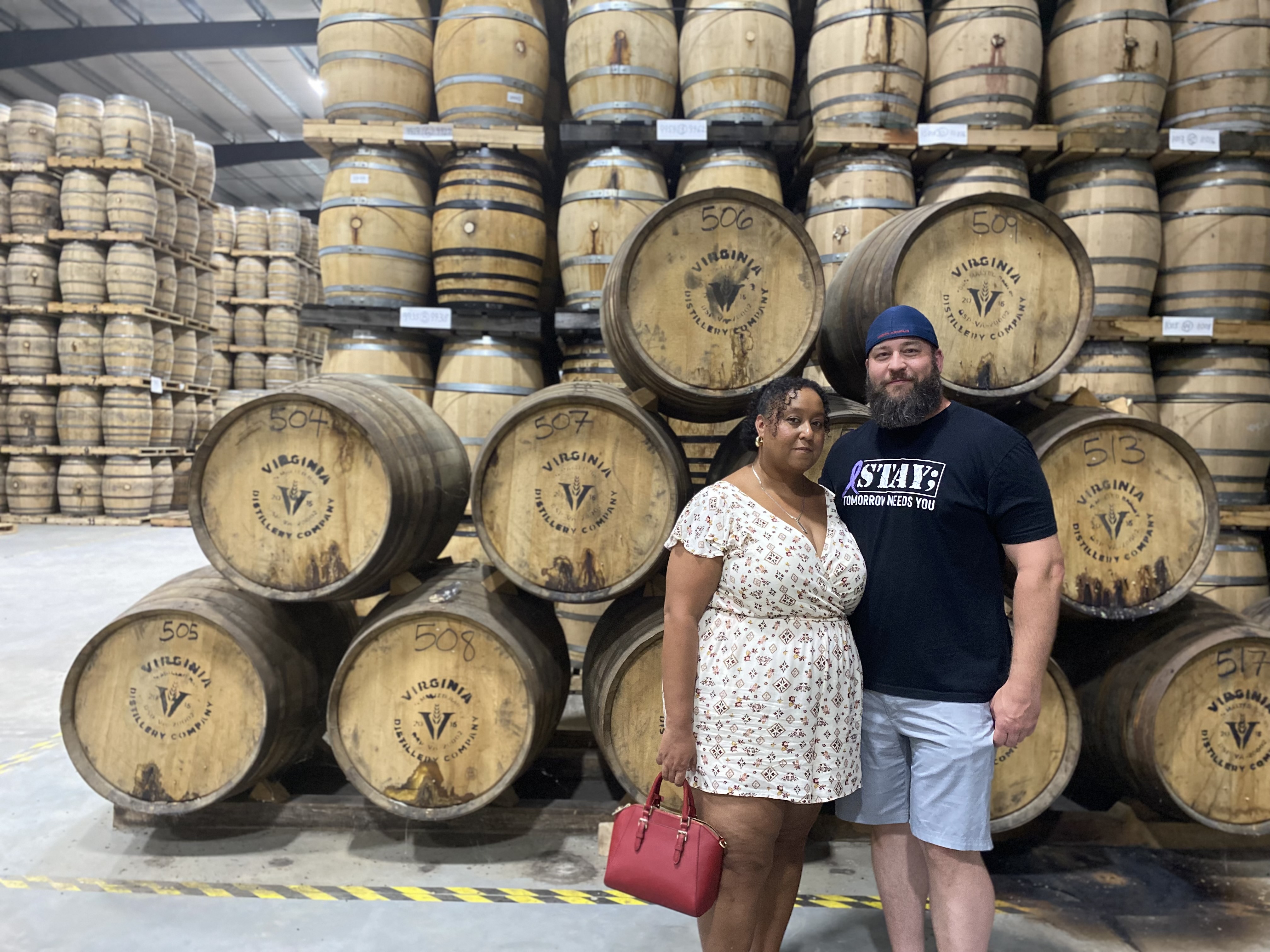Whiskey, that golden nectar of gods, a testament to human ingenuity and a celebration of flavors in a bottle. As you swirl, sniff, and savor a dram of whiskey, you are embracing a rich tapestry of flavors woven through years of craftsmanship. So let’s unlock the doors to the grand library of whiskey flavors and profiles that will help you become a maestro in the world of whiskey tasting. Here is your ultimate guide to the depths of whiskey flavors.

Understanding the Basics
Whiskey, a distilled alcoholic beverage, often brings complexity and depth in flavors. But what really shapes its taste? Let’s start by cracking open the basics:
- Ingredients: The core ingredients include grains (like barley, corn, rye), water, and yeast.
- Distillation: The type of still (pot still or column still) impacts the flavor profile significantly.
- Aging: The aging process, including the type of barrels used, introduces a plethora of flavors.

Whiskey Flavor Profiles
1. Sweet
Sweetness in whiskey often comes from the grains used and the aging process. Some classic sweet notes are:
- Vanilla
- Caramel
- Toffee
2. Spicy
Spicy notes generally emanate from rye or high-rye mash bills. Iconic spicy notes include:
- Pepper
- Cinnamon
- Nutmeg
3. Fruity
Fruit notes are a result of fermentation and the type of yeast used. You might detect:
- Apple
- Cherry
- Dried fruits
4. Woody
This profile is a gift from the barrels used in the aging process. Notes to look out for:
- Oak
- Cedar
- Pine
Sensory Experience: A Tasting Guide
Whiskey tasting is more than just a sip; it’s an experience that involves all your senses. Here’s a quick guide to honing your sensory perception:
1. Visual
- Color: Observe the color. A deeper hue usually indicates a longer aging process.
- Legs: The “legs” or “tears” that run down the glass can indicate the whiskey’s body and alcohol content.
2. Olfactory
- Nose: Get a good sniff to pick up on the primary aromas, swirling the whiskey can help to unlock more nuanced notes.
- Complexity: Take your time to delve into the intricate layers of aroma.
3. Palate
- First sip: Take a small sip to acclimatize your palate.
- Second sip: This is where you can explore the depth of flavors, letting the whiskey roll over your tongue.
4. Finish
- Length: Notice how long the flavors linger in your mouth.
- Notes: Pay attention to the lingering notes, which might be different from the initial ones.
Whiskey Pairing Essentials
As an at-home bartender, taking your whiskey game to the next level involves pairing it with the right food. Here’s a handy table to guide you:
| Whiskey Profile | Food Pairing |
|---|---|
| Sweet | Dark Chocolate, Pecan Pie |
| Spicy | Spicy BBQ, Grilled Meats |
| Fruity | Cheese Platter, Apple Pie |
| Woody | Smoked Cheese, Roasted Nuts |
Conclusion
With this guide at your fingertips, you are all set to venture into the rich and diversified world of whiskey flavors. Remember, the best whiskey is the one you like, and the best way to enjoy it is the way you prefer. So, go ahead, pour yourself a dram and embark on a flavorful journey of discovery.
Be sure to check our whiskey cocktail recipes for great mix ideas that will suit different flavor profiles perfectly. Let the whiskey adventure begin!






Leave a Reply